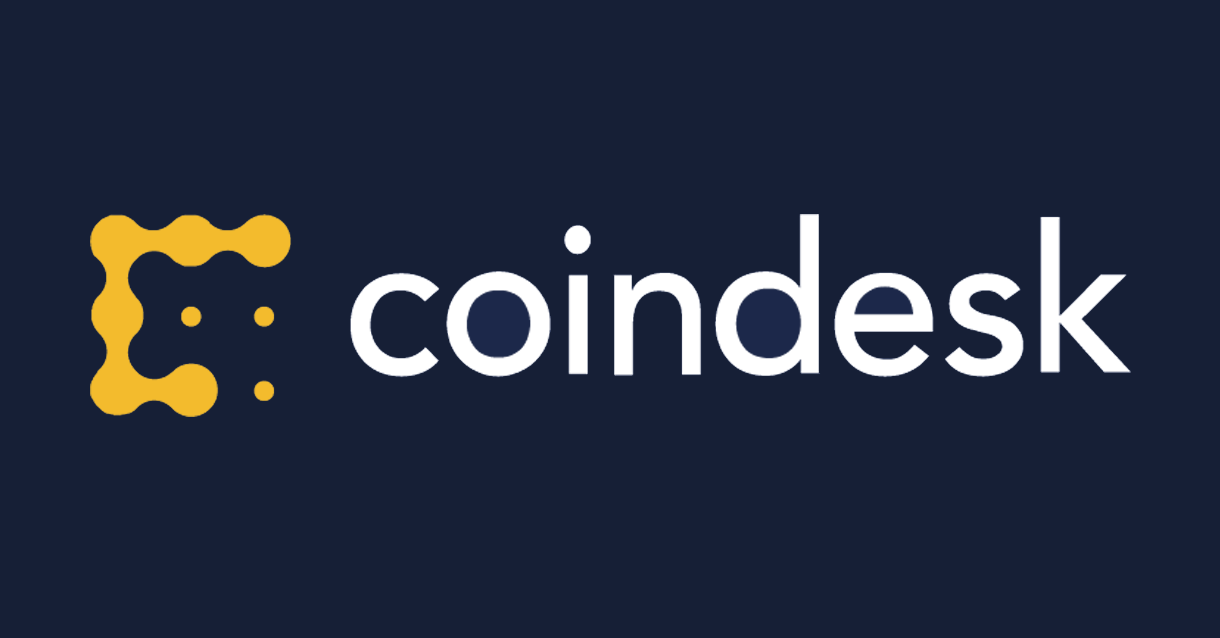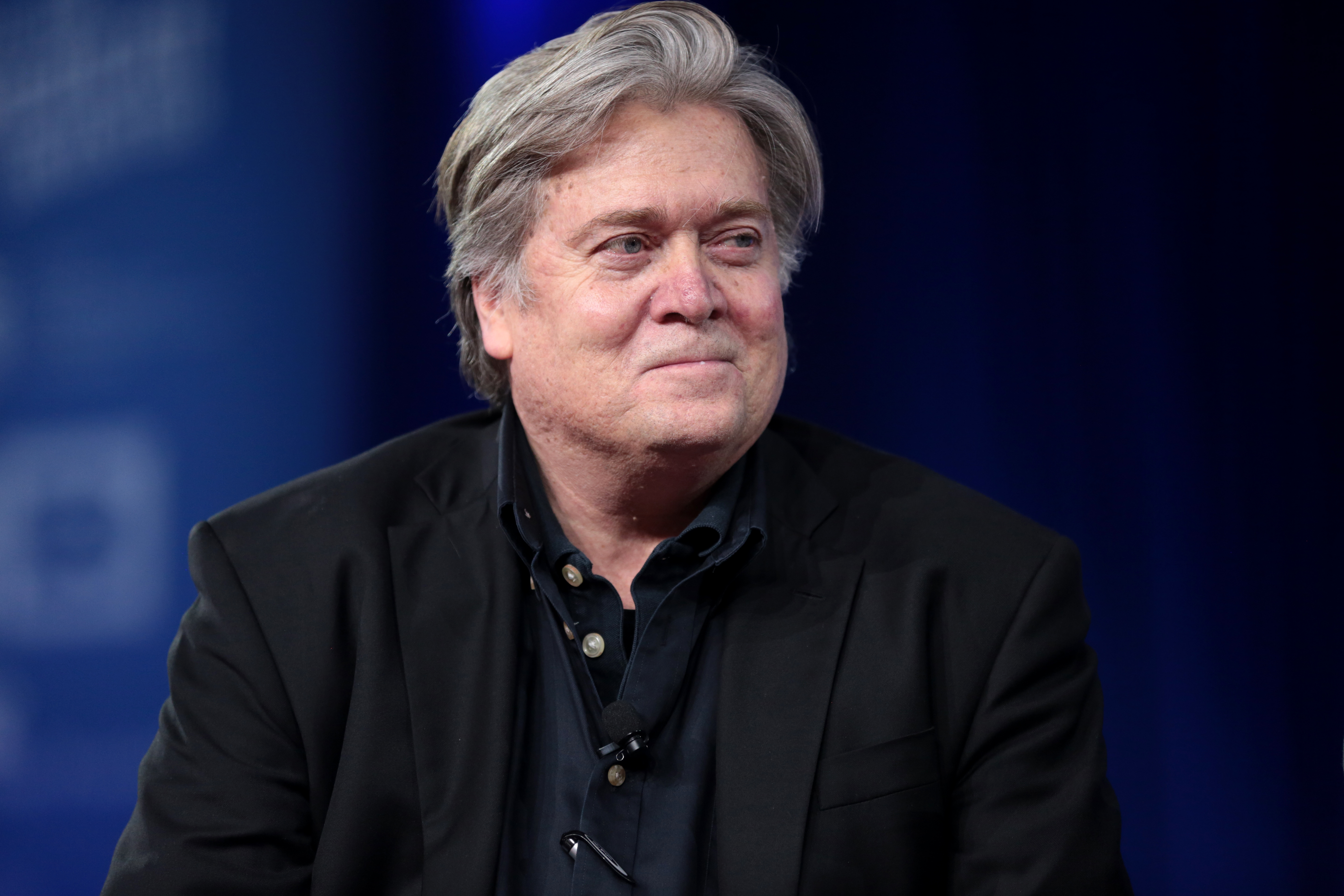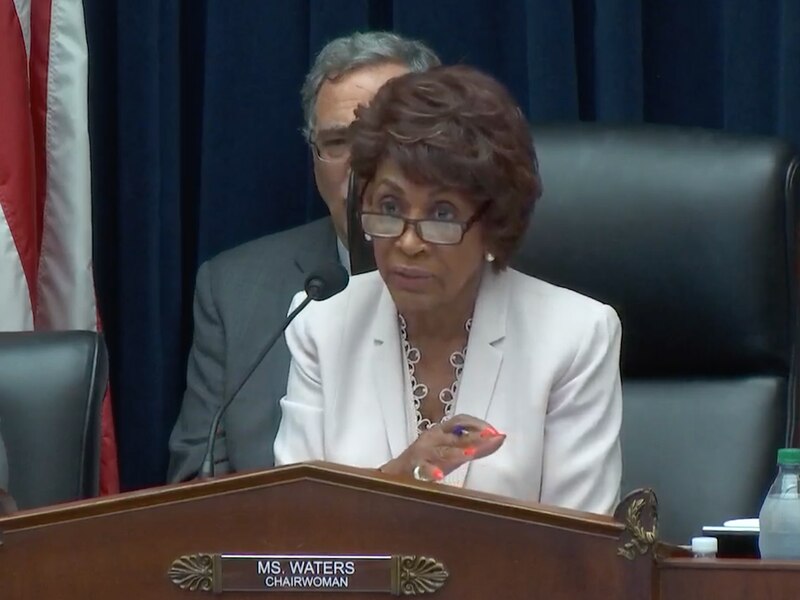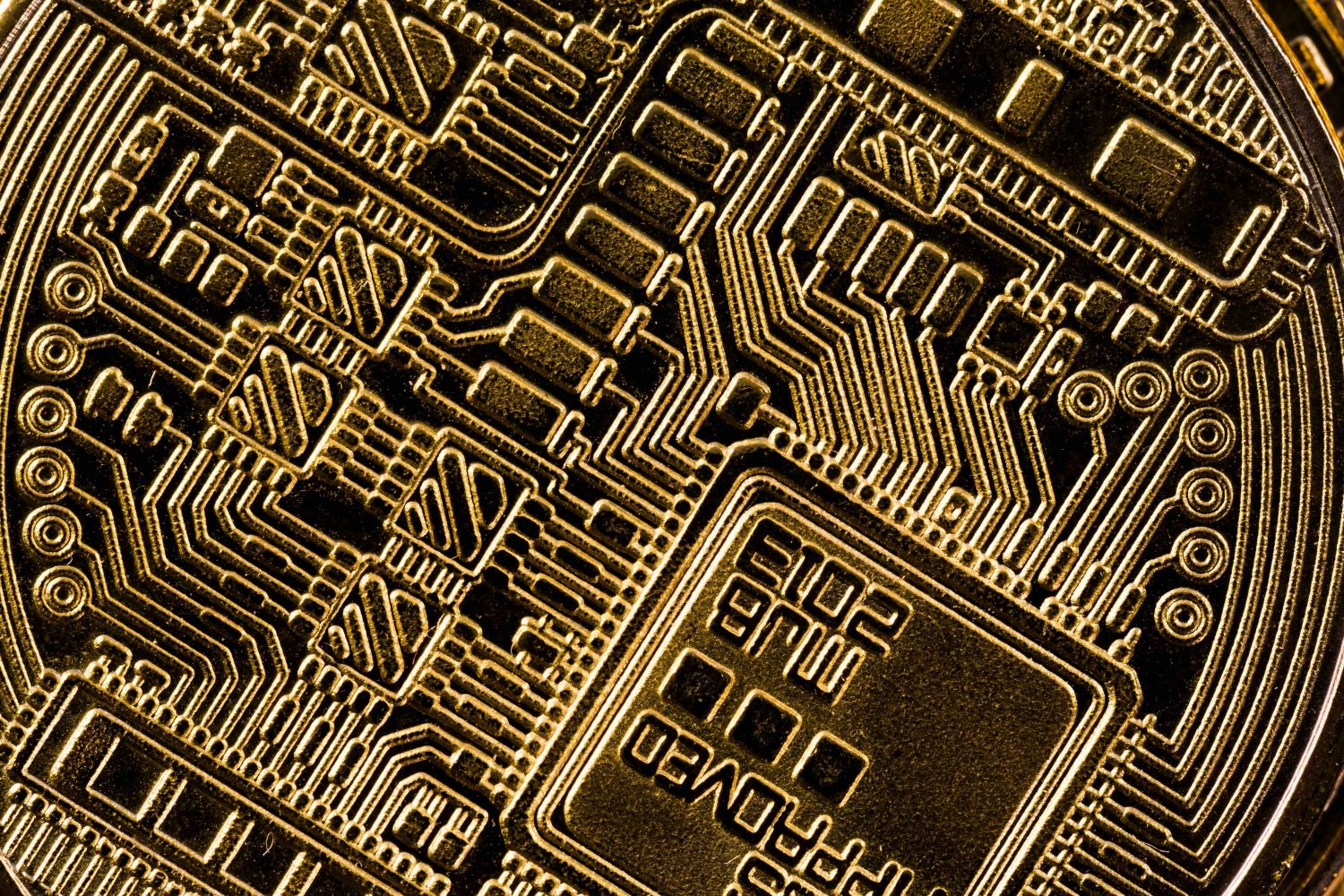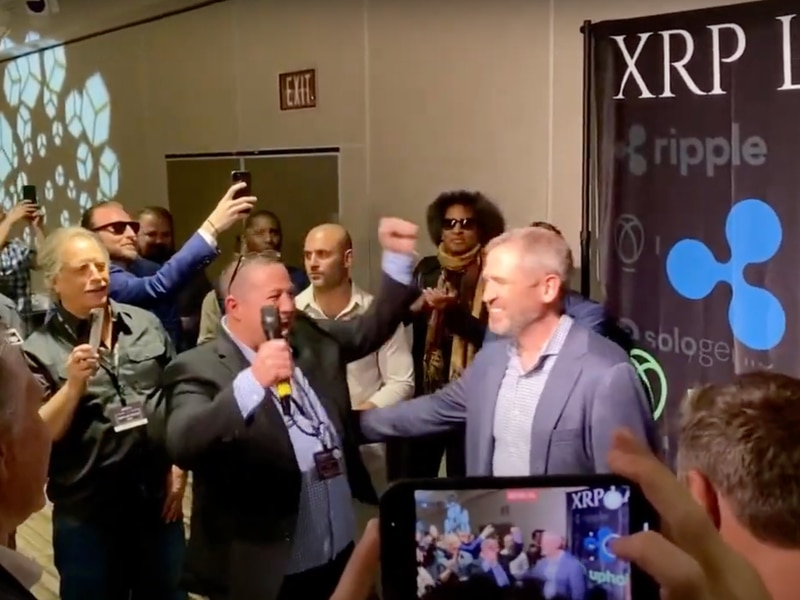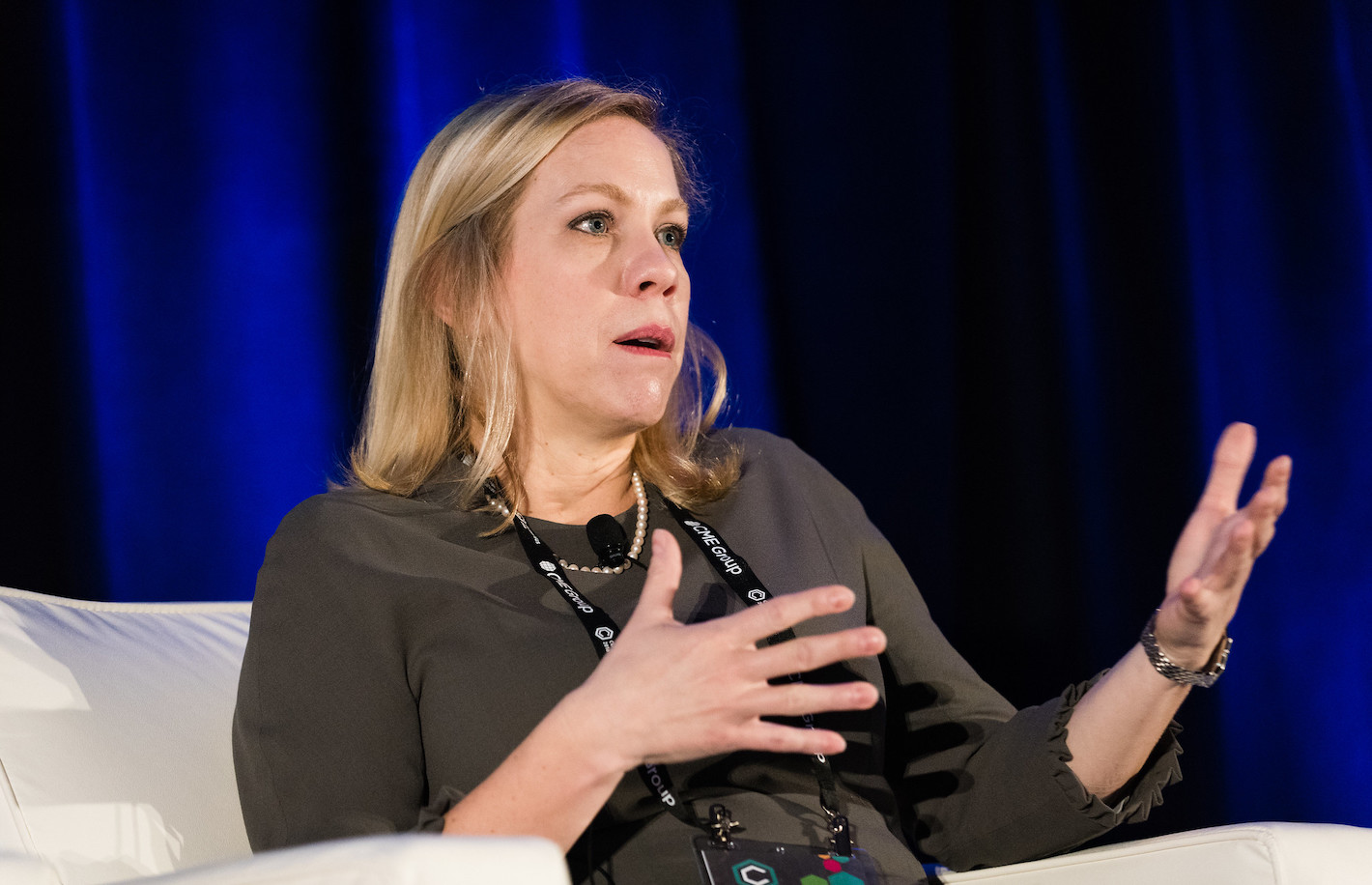Jackson Hole: Where Fed Policy Is Decided on the Fly
With the Federal Reserve now committed to making monetary policy decisions on the fly, this year’s in Jackson’s Hole may matter more than ever. All eyes are on this resort in the Grand Teton mountains, where the polyester vests are multiple, double entendres about “bears” are funny, and there are a surprising amount of Coin Boys dressing up like cowboys.
How exactly did a bucolic hotel situated 34 miles off from Jackson, Wyoming become the site of the “world’s most exclusive economic get-together?” New York Times fed whisperer Jeanna Smialek writes, it’s simply where news is made.And you get on the Federal Reserve Bank of Kansas City’s uber selective guest list, you know you’ve made it monetarily-speaking.
This is an excerpt from The Node newsletter, a daily roundup of the most pivotal crypto news on CoinDesk and beyond. You can subscribe to get the full newsletter here.
It’s where, every year since he’s stepped up as Chairman of the Federal Reserve, Jerome Powell has directed the flows of the U.S. economy. The thing is, he doesn’t even need to get it right. Last year he predicted glum and gloom and the U.S. got job growth and slowed inflation. This year, he said almost exactly what was predicted.
The economy has been growing faster than expected. More rate hikes may be needed. The Fed is determined to get inflation down to its longstanding target of 2%.
All that pageantry, all that caviar flown into the woods of Wyoming, for this? Well things aren’t all that simple. The Fed’s policy and outlook is essentially unchanged, but at a time when economic uncertainty has never been so heightened.
Unlike just a few months ago when it was clear that the Federal Reserve would continue to raise interest rates to slow economic expansion, whether people liked it or not, the central bank is now watching and waiting and adjusting based upon ebbs and flows that are essentially impossible to predict.
This is one of the most interesting times to be alive for anyone with an interest in economics, because it’s a moment where the world’s most important banker has never been in such a deferential position to fate. His decisions still matter. Raising rates increases the cost of living across the country and world: it makes mortgages costlier and cars more expensive. Powell’s team determines whether in aggregate the American Male will buy that new rec vehicle, or hold off for another year.
One thing seems certain, a rate cut – which would make money cheaper, and more likely to flow into assets at the far end of the risk curve – is not happening anytime soon. How do we know? Well, Powell didn’t even mention it and according to the Fed Whisperers that means all those who expected a cut by the end of the year will have to wait.
This is not a rational system, despite all the data, though I’m beginning to suspect it was never designed to be. How is inflation measured? Well the Fed pays people to walk around grocery stores and write down the prices. Should gas, that thing that – excuse the pun – drives the economy by getting people to work, figure in at all? Maybe if the cost of gas were less volatile.
Have you ever looked into why 2% is the standard for inflation? Because it feels right. It’s “low enough for consumer comfort but relaxed enough for the economy to flourish,” as the NYTs notes, adding that it’s settled policy “according to Fed doctrine settled years ago.” It’s like asking why people want to go to Jackson, Wyoming — because that’s where the people go.
I don’t know if any of this bodes well for Bitcoin, even if it looks comparatively rational. Complain about BTC’s price action all you want, but at least everyone knows next month how many bitcoins will be in circulation. But why did Satoshi settle on this emissions schedule, and are we sure they made the right choice?
What took me a longer time to figure out than I’d like to admit is that the choice between crypto and fiat is not total. Just because Michael Saylor has and seems likely to continue evacuating all his wealth into bitcoin doesn’t mean that’s the only path. Saylor may wake up one day and realize he was wrong to call the U.S. dollar a “shrinking ice cube,” and realize that the Fed did manage to get inflation under control (it’s currently been slowed to 3.2%, down from a peak of 9.1% in June 2022).
If there’s any lesson from Powell in Jackson Hole over the years is that there is no ideal economy, just the one you have. Powell has never looked less like Bitcoin, because it’s never been so unclear what his policy will look like this time next year. But there’s a certain stability in that, as much and as absurd as the assurances of Bitcoin having it all worked out in advance.

